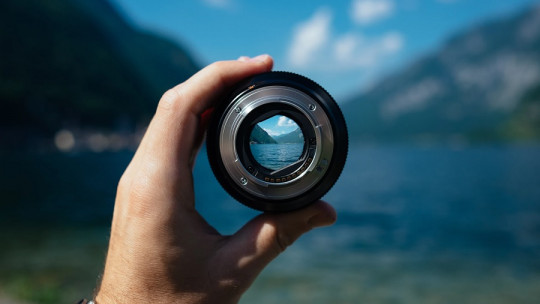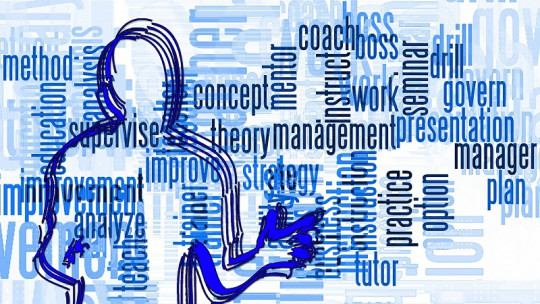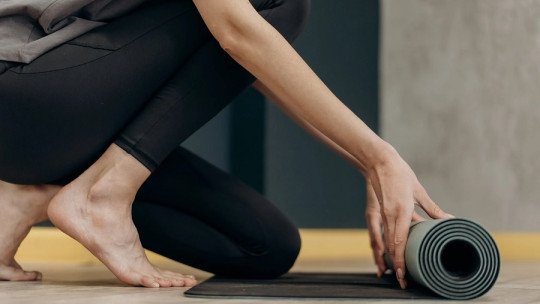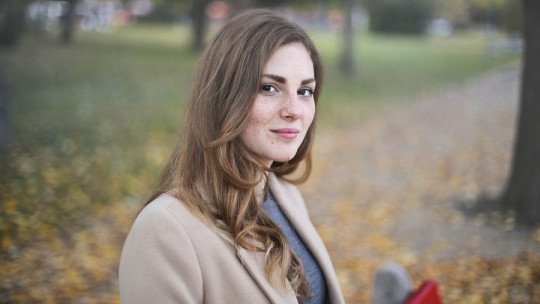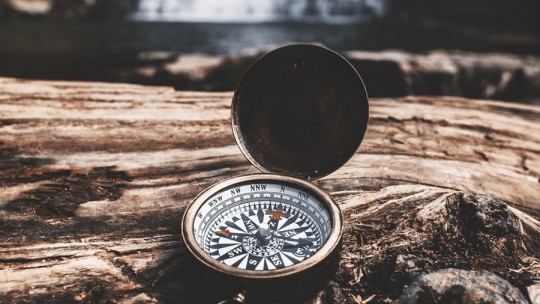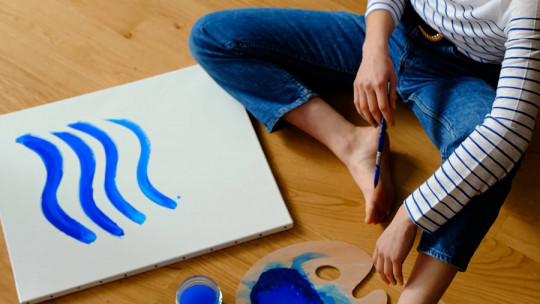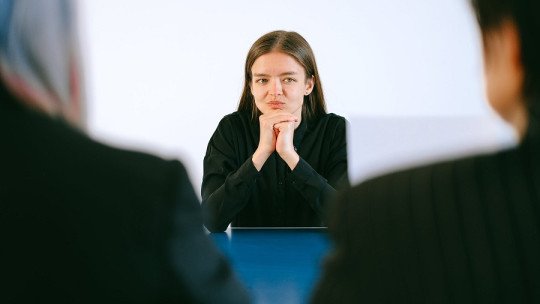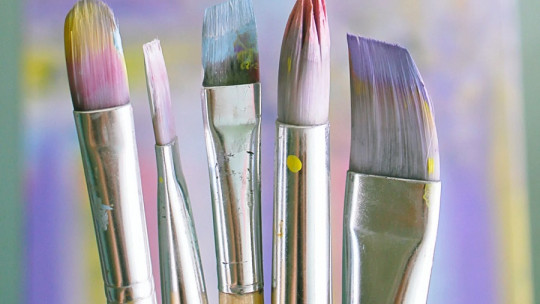
Expressive arts therapy as a therapeutic means has been developed since the last half of the 20th century and currently continues to grow in scope and definition.
What characterizes expressive arts therapy is work, individual or group, with one or several artistic modalities: art, music, dance/movement, theater and poetry/writing to foster awareness, stimulate emotional growth and improve relationships. with the rest.
Can art be used as therapy to improve emotional well-being?
The essential premise is that expressive experiences (visual art, music, dance and theater) allow the participant explore unknown facets of oneself, communicate non-verbally and achieve greater understanding
One of the most accepted theories of expressive arts therapy is the proposal of Natalie Rogers, daughter of psychologist Carl Rogers, and her “person-centered” intermodal and integrative work.
His theory postulates that one art form stimulates another naturally ; For example, creative movement can affect what is expressed through drawing, and drawing can activate what is felt or thought.

Beyond the aesthetic experience
From the perspective of Gestalt therapy, expressive therapies are used with a multimodal approach by combining art, movement and other modalities (Rhyne, 1973/1995). For transpersonal therapists the combination comes in the form of images, music, movement and creative writing in their work with clients (Farelly, 2001).
Art therapy is often interpreted as the interrelation of the arts with theories of creativity and imagination, rather than integration with psychological principles.
It is true that each person has a different expressive style For example, one person may be more verbal, another more visual, and a third more kinesthetic or tactile. Beyond the visual arts, therapy facilitates expression in the most appropriate way for the participant with a clinical focus.
What is an expressive therapy session like?
A typical session may begin with a warm-up activity, such as spontaneous movement, awareness of space and materials, a meditation, for example.
While there are people who may feel naturally drawn to one art form over another and begin to express themselves without any prompting, The art therapist facilitates finding the expressive form that is most comfortable and non-threatening to the participant
The art therapist may suggest a transition to another expressive modality, with the purpose of facilitating spontaneity, stimulating creativity and enhancing the feelings of the experience, allowing for a deeper understanding.
In the final part of the session, the individual can reflect on the images, words, sounds or movements created and discuss the creation process with the art therapist
The art therapy approach offers creative modalities through which participants express their thoughts and feelings, communicate non-verbally, achieve understanding, and experience the healing potential of the creative process.
What are the benefits of art therapy?
Among the benefits of art therapy, the ones that stand out the most are these:
Is it necessary to be creative and have artistic talent?
In art therapy it is not necessary to have plastic talent, nor to be an artist Although it may seem different and unnatural at first, it is usually because you are not getting used to communicating through art.
However, the creative process is the most rewarding aspect besides feeling more comfortable with this new form of expression. The objective in art therapy is not aesthetic but self-knowledge through the creative process.

